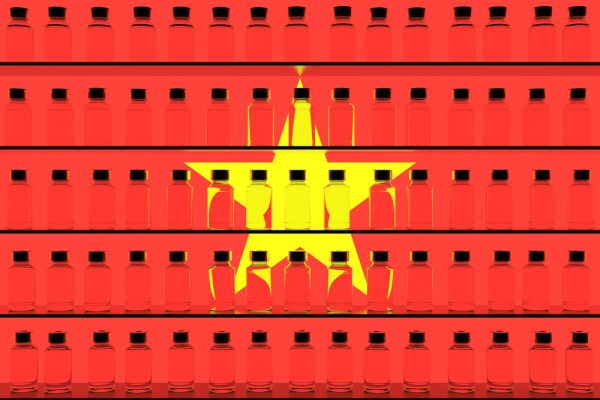
Vietnam has imposed a strict stay-at-home order in the southern megacity of Ho Chi Minh City and deployed the army to support quarantined residents, as COVID-19 infections and deaths continue to spike upwards.
On Friday, the Vietnamese government announced that it would prohibit residents in high-risk areas of the city from leaving their homes from today, to slow a runaway outbreak of the contagious Delta variant of COVID-19.
“We are asking people to stay where you are, not to go outside. Each home, company, factory should be an antivirus fort,” Pham Duc Hai, deputy head of the city’s coronavirus authority, said on Friday, channeling the wartime analogies that have been central to the Vietnamese government’s campaign against the coronavirus. Prime Minister Pham Minh Chinh added, “People must absolutely stay put, isolate from each other, from house to house, from community to community.”
The announcement prompted a rash of panic buying in Ho Chi Minh City, as the country’s residents sought to stock up before the stay-at-home order came into effect.
The depiction of the fight against COVID-19 as a military campaign has been further strengthened by the mobilization of the police and military to enforce the lockdown and deliver food supplies to residents in isolation, with the assistance of volunteers, unions, and veterans. The military will enforce stay-at-home orders until September 15.
Ho Chi Minh City has been under lockdown for weeks, including bans on gatherings of more than two people in public and only allowing people to leave home for essential matters like buying food, but these efforts have failed to arrest the increase in cases.
Ho Chi Minh City and the surrounding industrial provinces have reported the lion’s share of Vietnam’s recorded COVID-19 infections so far. The city has so far accounted for around 80 percent of Vietnam’s total COVID-19 deaths and 50 percent of its infections. Vietnam recorded more than 10,000 new infections on Friday, of which 3,500 were recorded in Ho Chi Minh City.
The days when Vietnam was globally applauded for its ruthlessly effective containment of COVID-19 now seem a long way away. Vietnam reported just 1,500 cases of COVID-19 during the whole of 2020, and was the only nation in Southeast Asia to record positive growth for the year. The number has since jumped to nearly 350,000, while the country’s 6.5 percent target growth rate for 2021 is likely to be depressed by the impact of the pandemic.
Like some of its neighbors, the Vietnamese government has also struggled on the vaccine front. Aside from crisis-hit Myanmar, where the military junta has not reported vaccination data since June, Vietnam is in last place among Southeast Asian nations in terms of vaccines administered per capita. It has administered at least one dose of vaccine to just 15 percent of the population. Less than 2 percent are fully vaccinated.
While the Vietnamese government can be expected to ramp this up significantly between now and the end of the year, the country’s plight encapsulates that of a number of Southeast Asian nations, which weathered the first year of the pandemic with relative success but have since been derailed by the virulence of the Delta variant and slow-moving vaccine distribution campaigns. For nations like Thailand, Vietnam, Cambodia, and Malaysia, 2021 is now likely to be remembered as the real year of COVID-19.

0 Comments